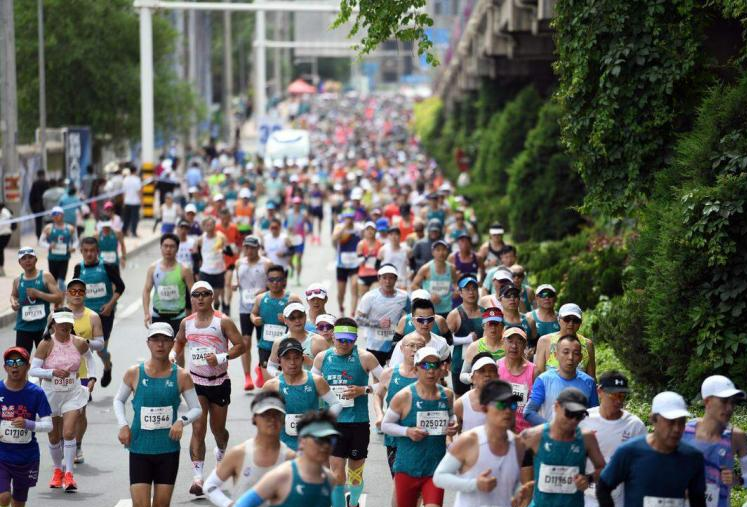
Nearly a third (31%) of the world's adults, or 1.8 billion adults, will fail to meet the recommended levels of physical activity by 2022, according to a large study. This will increase the risk of chronic diseases.
That's up five percentage points from 2010, according to the study by World Health Organization researchers and academic colleagues. If this trend continues, physical inactivity is expected to rise further to 35% by 2030, with the world currently far from achieving the global target of reducing physical inactivity by 2030.
Who recommends that adults engage in 150 minutes of moderate-intensity or 75 minutes of vigorous-intensity physical activity each week, or its equivalent, the UN news Center reports. Lack of physical activity puts adults at higher risk of cardiovascular disease such as heart attack and stroke, Type 2 diabetes, dementia and cancers such as breast and colon cancer, the team reported Wednesday (June 26) in the journal Lancet Global Health.
High-income Asia Pacific (48%) and South Asia (45%) have the highest rates of physical inactivity, while rates in other regions range from 28% in high-income Western countries to 14% in Oceania, the report shows.
At the same time, the gender and age gaps remain a cause for concern. Globally, women are more likely than men to be physically inactive, at 34% versus 29%. In some countries, the gap is as high as 20 percentage points. In addition, people over the age of 60 are less active than other adults, highlighting the importance of promoting physical activity in older adults.
Twenty-two countries are on track to achieve a 15% reduction in inactivity by 2030
The study shows that the problem has improved in nearly half of the countries over the past decade, with 22 of them on track to meet the global target of reducing the number of inactive people by 15% by 2030 under current trends.
In light of these findings, WHO calls on countries to strengthen policies to promote and promote physical activity through grassroots and community sports, active recreation and environmentally friendly modes of transport (walking, cycling and using public transport).
Director of WHO's Department of Health Promotion, Kreshi, noted that factors such as age, environment and cultural background are not taken into account, and innovative ways need to be found to motivate people to be more physically active. By making sport accessible, affordable and enjoyable for all, we can dramatically reduce the risk of non-communicable diseases and create a healthier, more productive population.
Who Director-General Tedros Adhanom Ghebreyesus said the report's new findings highlight many missed opportunities to reduce cancer, heart disease and improve mental health through increased physical activity.
"We must recommit to increasing physical activity levels and prioritise bold action, including strengthened policies and increased funding, to reverse this worrying trend," he said.

Since 2022, the Fed has cumulatively reduced its balance sheet by $2.4 trillion through quantitative tightening (QT) policies, leading to a near depletion of liquidity in the financial system.
Since 2022, the Fed has cumulatively reduced its balance sh…
On December 11 local time, the White House once again spoke…
Fiji recently launched its first green finance classificati…
Recently, the European Commission fined Musk's X platform (…
At the end of 2025, the situation in the Caribbean suddenly…
The U.S. AI industry in 2025 is witnessing a feverish feast…